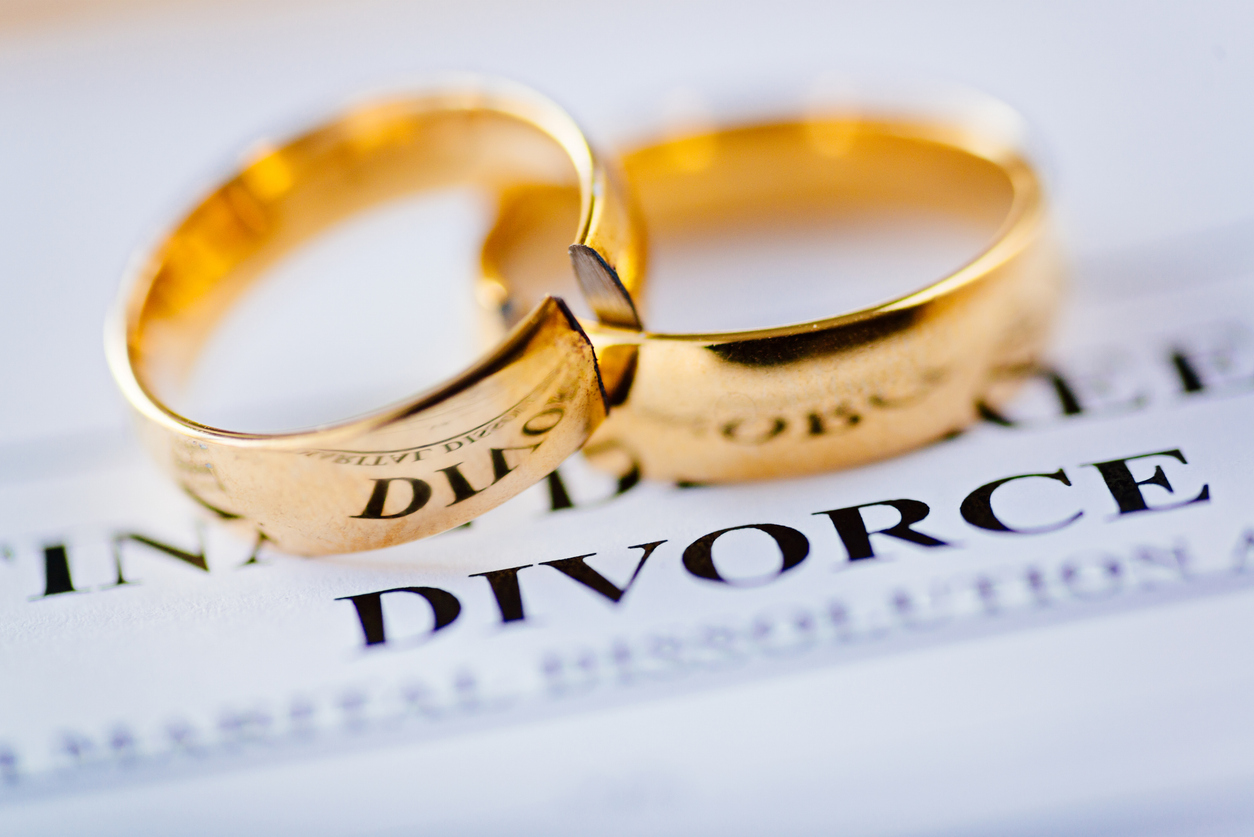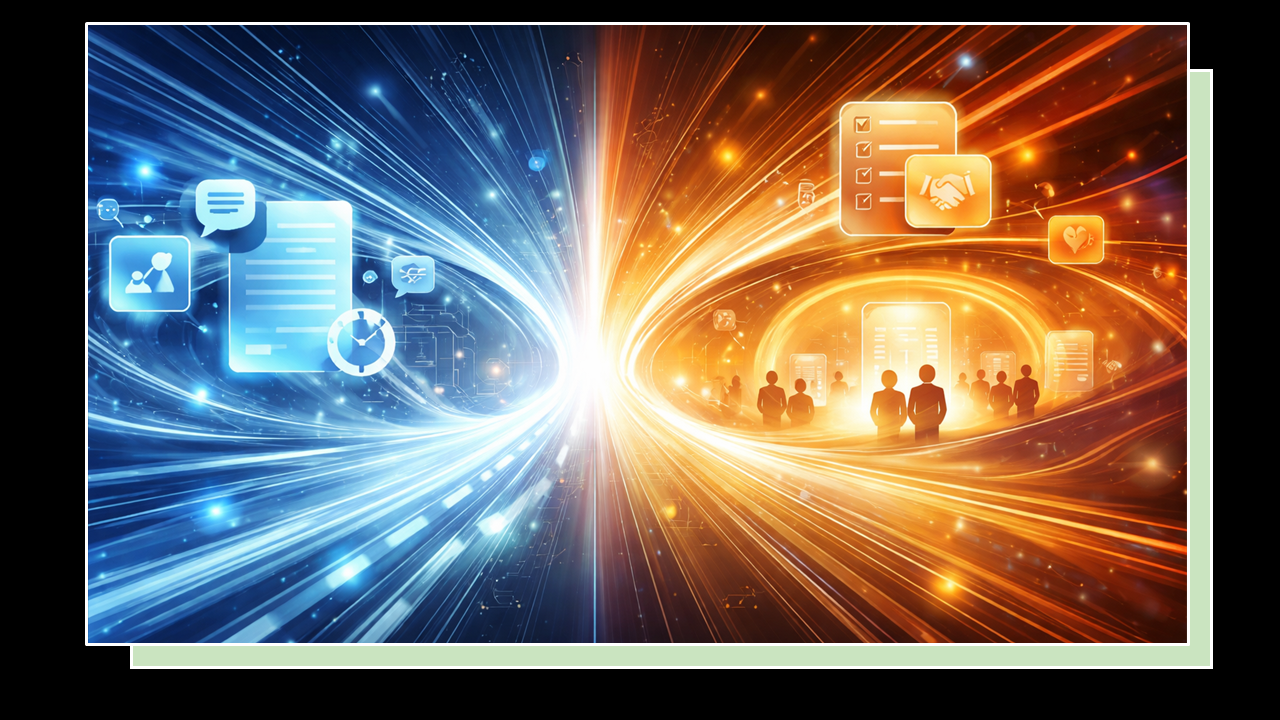Within the last week, CBS aired not one but two interviews with Supreme Court Justices. First, Justice Amy Coney Barrett appeared with Norah O’Donnell of CBS News for her first sit-down interview since becoming a Justice in 2020. Then, Justice Sonia Sotomayor joined Stephen Colbert on The Late Show (in two segments available here and here). Were these appearances part of a public relations push by the Court? Not exactly. Each Justice is promoting a new book. Because I have not read either book, I shall focus here on the interviews, with an emphasis on the Barrett interview, which was considerably longer and much more substantive.
There were some similar banalities in the two interviews. Both Justices averred that the Supreme Court is a collegial place. Asked about a recent sharp exchange with Justice Ketanji Brown Jackson, Justice Barrett said that it’s not personal, noting that she threw a welcome party for Justice Jackson when the latter joined the Court. Similarly, Justice Sotomayor said that she followed her mother’s advice to look for the good in everyone (excepting the truly evil people she prosecuted earlier in her career).
Demonstrating that they are equally out of touch with the habits of the TikTok-addicted semi-literate public, both Justices implored the American people to read the Supreme Court’s opinions—in full!—before forming opinions about the Court’s actions. Each Justice also repeatedly expressed confidence in the good faith of those of their colleagues with whom they disagree. Indeed, Justice Sotomayor seemed so reluctant to criticize her colleagues that she repeatedly interrupted Colbert to defend the majority’s recent approval of racial profiling by ICE in Los Angeles. That led to a bizarre moment when Colbert had to interrupt Justice Sotomayor to read the stirring and passionate closing lines of her dissent in that very case.
Thus, both Justices tried to give America homework and to reassure us that the Justices get along just fine—as though we are children worried that mommy and daddy are fighting. But what about the substance of their work? Below I shall highlight one issue both Justices addressed—the emergency docket—and two that only Justice Barrett addressed—the implications of the Court’s 2022 overruling of Roe v. Wade and the threat the Trump administration poses to our constitutional order.
The Emergency Docket
Both interviews focused considerable attention on the emergency (or “shadow”) docket. As with their views about the importance of reading opinions and collegiality, Justices Sotomayor and Barrett seemed to be in agreement about the emergency docket: while the number of cases on that docket has grown in recent years, there is nothing much to worry about. When Colbert pressed Justice Sotomayor about the fact that the Court has been deciding important cases without issuing any explanation, she pointed out that judges are not actually required to write opinions. They do so as a matter of custom, and when a case is in a merely preliminary posture, as it almost invariably is on the emergency docket, a written explanation of reasons can frequently be dispensed with.
Early in her interview with O’Donnell, Justice Barrett said much the same thing. But she appeared to forget what she had said about the emergency docket because towards the end of the interview, she said this: “We show our work. We are the only branch of government that’s totally transparent because we have to lay out all the reasons for the decisions that we make.”
Can that statement be reconciled with the Court’s frequent silence in emergency docket cases? Perhaps it can in those cases where the results are straightforward, but recently the Court has been making major changes to the law on the emergency docket and with no explanation. Just a day after Justice Barrett’s interview aired on CBS, Chief Justice John Roberts issued a stay of a lower court ruling that had ordered the reinstatement of Federal Trade Commissioner Rebecca Slaughter, whom President Donald Trump purported to fire without cause despite statutory good-cause removal protection. The Chief Justice’s action is difficult to reconcile with the 1935 decision in Humphrey’s Executor v. United States, which upheld that good-cause protection for Federal Trade Commissioners. And yet the Chief Justice gave no reasons.
To be fair to Justice Barrett, Chief Justice Roberts acted alone in Slaughter’s case. But then, Justice Barrett did not dissent from the Court’s emergency docket ruling earlier this year in Trump v. Wilcox—which also seemed quite inconsistent with Humphrey’s. As the Wilcox dissenters noted, the terse two-page opinion seemed to overrule Humphrey’s without even mentioning the case, much less “lay[ing] out all the reasons for the decision[].” So much for total transparency.
Abortion and Other Rights
O’Donnell pressed Justice Barrett on a variety of other issues. For example, she asked whether President Trump has unlimited power to deploy the National Guard and whether he has the power to impose tariffs. Justice Barrett followed the standard playbook of Supreme Court nominees by not answering, claiming that she did not want to pre-judge questions that could come before the Court. One topic she was willing to discuss at some length was the Court’s 2022 decision in Dobbs v. Jackson Women’s Health Org., which overturned the constitutional right to an abortion. What she said about the case was at best confusing.
Justice Barrett started off well enough, explaining that the basis for the Court’s ruling was its judgment that the abortion right is not deeply rooted in the country’s history and tradition. That was indeed the primary reason given by Justice Samuel Alito in the Dobbs majority opinion, which Justice Barrett joined in full. Problems arose when O’Donnell asked about the implications of Dobbs for other rights recognized by the Court’s substantive due process doctrine—especially contraception and same-sex marriage—which, after all, were not recognized as fundamental rights when the Fourteenth Amendment was ratified in 1868 or for many years thereafter.
Justice Barrett gave multiple, conflicting answers. At one point she said that the marriage right is deeply rooted in American history and tradition. That’s fair enough, but the dissenters in Obergefell v. Hodges (which recognized the same-sex marriage right) made the point that same-sex marriage was not deeply rooted in history and tradition. Were they wrong to define the right at such a specific level of generality? If so, why did Justice Barrett think that the right at stake in Dobbs was abortion rather than something more general as well—like a right to avoid undue state interference in medical decisions?
At another point in the discussion, Justice Barrett articulated a brand new standard. She said that substantive due process protects as fundamental those rights that “are so firmly rooted in the minds of the American people that everyone would agree” that such rights “go without saying.” Even if we assume marriage is such a right, can we really say that was ever true of same-sex marriage? Even if Americans today (mostly) take the contraception right for granted, that was not true in 1868 or 1791 (when the Bill of Rights was ratified).
Justice Barrett claims to be an originalist. Does that mean that the “everyone” who would agree on a right’s status as fundamental is everyone who was alive (and whose voice counted) in 1791? In 1868? Today? At some other time? At all times? Either Justice Barrett has not thought through what “everyone would agree” means or she was using the answer to deflect.
Meanwhile, it is noteworthy that in trying to suggest that Dobbs does not necessarily doom Obergefell or Griswold v. Connecticut (which found a constitutional right to contraception), Justice Barrett said nothing about the distinction that Justice Alito actually drew in the Dobbs opinion that she joined. There, Justice Alito repeatedly distinguished the other substantive due process cases on the ground that none of them involved the destruction of the life or potential life of a fetus. Does Justice Barrett no longer think this is an important distinction? If she does think it still important, why didn’t she mention it?
No Constitutional Crises
Perhaps the most surprising answer Justice Barrett gave was in response to O’Donnell’s question of “what would constitute a constitutional crisis.” Justice Barrett said, “I don’t know that I could give a definition of a constitutional crisis because I don’t know that we’ve really faced one in this country.” She acknowledged that the U.S. has experienced numerous “constitutional challenges,” but insisted that “we have always come out stronger” as a result of our “periods of deep disagreement.”
Because Justice Barrett expressly included the Civil War among the “constitutional challenges” that did not necessarily rise to the level of “constitutional crisis,” it is possible that she simply dislikes the term “constitutional crisis.” After all, if half of the country going to war with the other half does not count as a constitutional crisis, it is difficult to see that anything could.
Yet other parts of the interview suggested that Justice Barrett was not simply making a semantic point. She repeatedly said that her role as a Justice in considering challenges to federal executive action is to look beyond the immediate issue and think about how a decision will affect all future presidential administrations. That would be an entirely reasonable approach in most circumstances. The power of the presidency should not vary depending on whether George W. Bush or Barack Obama occupies the Oval Office.
But in treating our current moment as no different from any other, Justice Barrett displayed a disturbing obliviousness to all of the ways in which the current administration is not just breaking with norms or testing the limits of presidential power but aggressively undermining all of those institutions inside and outside the government that stand in the way of authoritarian rule—from heretofore independent government agencies to news organizations, law firms, and universities. It is sensible to consider how any rule of law laid down in the present might affect a hypothetical future case. It is hyperopic (the opposite of myopic) to consider the hypothetical future implications of a decision while ignoring its devastating current consequences.
* * *
In a review in the New York Times, Jennifer Szalai describes Justice Barrett’s new book as “studiously bland” and “a controlled performance, as careful and disciplined as its author.” That is how Barrett came across in her CBS interview as well, except that occasionally the mask slipped. Underneath, one sees a Justice who is blind to the dangers posed by the authoritarian president who appointed her and whose views about fundamental constitutional questions—such as how to determine the scope of unenumerated rights—are at best confused and at worst a cover for a reactionary ideological agenda.



























